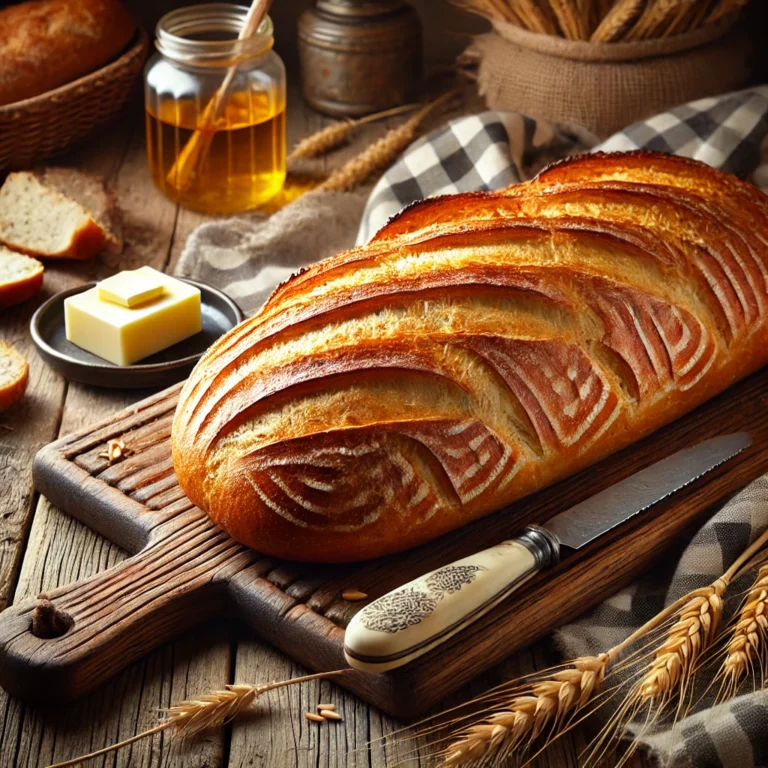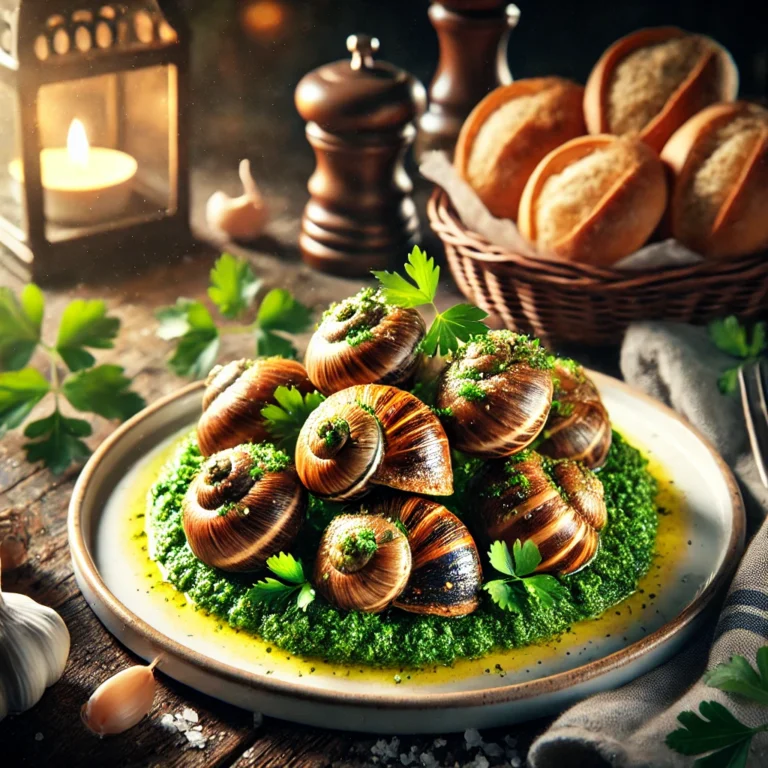Croissant: A Buttery, Flaky Breakfast Pastry to Delight Your Mornings
There’s something magical about the aroma of freshly baked croissants. Whether it’s at a quaint Parisian café or the comfort of your favorite local bakery, this offer an experience that’s hard to replicate. Their delicate layers, golden crust, and buttery flavor make every bite feel like a small indulgence. Today, let’s dive deep into the world of croissants—exploring their history, what makes them special, and how you can enjoy or even bake them yourself.
What Is a Croissant?
Croissants are more than just a breakfast treat; they are a symbol of culinary craftsmanship. Originally from Austria but perfected in France, this crescent-shaped pastry has become synonymous with indulgence. Made from layers of laminated dough, croissants boast a flaky exterior and a tender, buttery interior.
A Brief History
The story of croissants dates back to the 17th century when Austrian bakers created the “kipferl,” a crescent-shaped bread. In the late 1700s, the recipe made its way to France, where it evolved into the this we know today. By the early 20th century, the crescent had cemented its place as a French breakfast staple.
Fun Fact: The word “croissant” means “crescent” in French, a nod to its iconic shape.
The Art of crescent Making
Making crescents from scratch is a labor of love. Each step, from mixing the dough to folding in the butter, requires precision and patience. But don’t worry—it’s a skill you can master with practice!
Key Ingredients for the Perfect crescent
Here are the essential ingredients for crafting traditional crescents:
| Ingredient | Quantity | Notes |
|---|---|---|
| All-purpose flour | 500g | High-gluten flour preferred |
| Unsalted butter | 250g | European-style, high-fat |
| Milk | 250ml | Warm (not hot) |
| Sugar | 50g | Adds sweetness |
| Yeast | 10g | Active dry or fresh yeast |
| Salt | 10g | Balances the flavors |
Step-by-Step crescent Baking Process
-
Prepare the Dough: Mix flour, yeast, sugar, salt, milk, and a small amount of butter. Knead until smooth and elastic.
-
First Proofing: Let the dough rest until it doubles in size.
-
Laminating the Dough: Roll out the dough and fold in butter through a series of folds and turns. This creates the iconic flaky layers.
-
Shaping the crescents: Cut the laminated dough into triangles and roll them into crescents.
-
Final Proofing: Allow the shaped crescents to rise until they’re puffy.
-
Baking: Bake at 375°F (190°C) until golden brown.
Pro Tip: Chill the dough between folds to prevent the butter from melting.
Why Are crescent So Popular Worldwide?
crescents have transcended borders to become a beloved treat worldwide. Their versatility and universal appeal contribute to their global popularity.
Cultural Significance of crescent
In France, crescent are an essential part of breakfast, often paired with coffee or hot chocolate. Beyond their culinary role, they represent a sense of indulgence and luxury, making them a popular choice for special occasions.
crescents Across Cultures
Other countries have embraced crescents with unique twists:
-
Japan: Matcha-flavored crescents.
-
Italy: Cornetti, a sweeter version of crescents.
-
United States: Filled croissants, such as almond or chocolate.
Tips for Choosing or Baking the Best crescents
Characteristics of a High-Quality Croissant
-
Aromatic: A rich, buttery scent.
-
Texture: A crisp, flaky crust with a soft, airy interior.
-
Appearance: A golden-brown exterior with visible layers.
How to Store and Reheat crescents
-
Storage Tips: Store in an airtight container at room temperature for up to two days. For longer storage, freeze them.
-
Reheating Techniques: Reheat in the oven at 300°F (150°C) for 5–10 minutes. Avoid the microwave to maintain flakiness.
Pairing Suggestions
-
Drinks: Enjoy with coffee, tea, or fresh orange juice.
-
Sides: Pair with fresh fruit, jams, or soft cheeses for a complete meal.
crescent Recipe Variations
While the classic crescent is a masterpiece, experimenting with variations can add excitement to your breakfast table.
Sweet Variations
-
Pain au Chocolat: Filled with rich chocolate.
-
Almond Croissants: Filled with almond cream and topped with sliced almonds.
-
Cinnamon Sugar Croissants: A sugary twist perfect for dessert.
Savory Variations
-
Ham and Cheese Croissants: A savory delight for brunch.
-
Spinach and Feta Croissants: A Mediterranean-inspired twist.
-
Herb and Cheese Croissants: Perfect as a side dish for soups or salads.
Conclusion: A Love Letter to the crescent
The crescent is more than a pastry; it’s an experience. Its buttery, flaky perfection makes it a timeless favorite across the globe. Whether you’re enjoying one at a Parisian café or baking them at home, crescents are a delicious reminder of life’s simple pleasures. So, why not indulge a little and make your mornings extra special?
FAQ Section
What makes crescents flaky?
The lamination process, which involves folding butter into the dough multiple times, creates the signature flaky layers.
Can I make croissants without butter?
While butter is essential for traditional croissants, you can use plant-based alternatives for a vegan version.
How long does it take to bake croissants at home?
The process, including preparation and proofing, typically takes 12–15 hours. Most of this time is resting.
Are croissants healthy?
Croissants are rich in calories and fat, so enjoy them in moderation as part of a balanced diet.
What’s the best way to reheat croissants?
Reheat them in the oven at 300°F (150°C) for 5–10 minutes to retain their flakiness.
Enjoy exploring the world of croissants, and don’t forget to share your favorite variations or baking tips!





